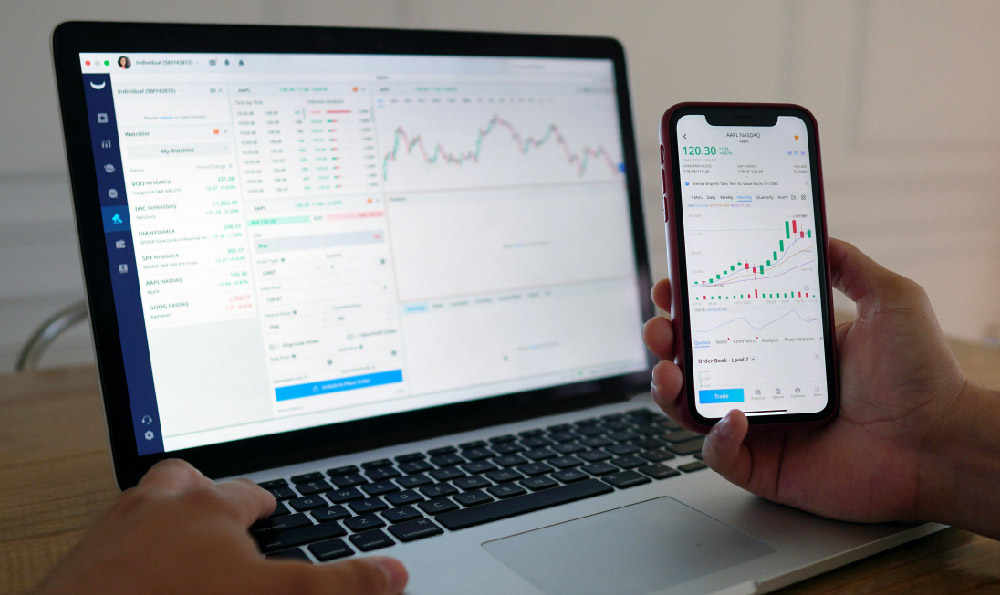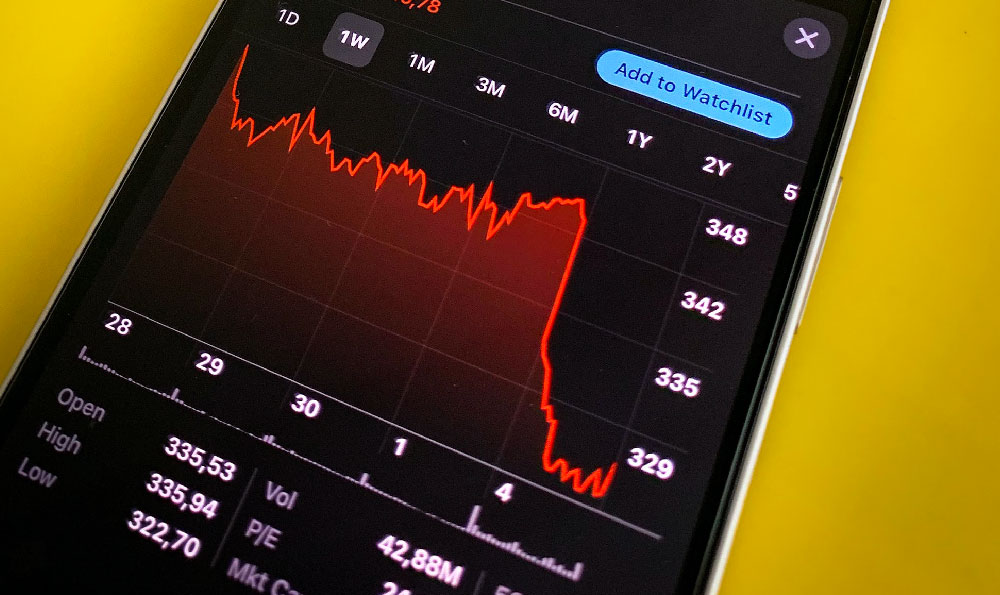How To Make Money On eBay: Is It Possible And How?
The allure of earning a substantial income through eBay is undeniable. The platform, a veritable digital bazaar, boasts millions of potential customers globally. The question isn't simply if it's possible to make money, but rather how to navigate the complexities and maximize profitability in a competitive landscape. Success hinges on a multifaceted approach that encompasses strategic sourcing, compelling product presentation, effective customer service, and a keen understanding of eBay's ever-evolving policies.
One of the most critical aspects is identifying a niche market or product category with strong demand and manageable competition. Blindly listing generic items with low profit margins is a recipe for frustration. Thorough market research is essential. This involves analyzing eBay's "Sold Listings" to determine which items consistently fetch high prices, identifying underserved customer segments, and spotting emerging trends. Tools like Terapeak (eBay's own market research tool, requiring a subscription) and Google Trends can provide invaluable insights into buyer behavior and product popularity. Consider focusing on specialized categories like vintage collectibles, rare books, refurbished electronics, or handcrafted goods. Niches often attract dedicated buyers willing to pay premium prices for unique or hard-to-find items.
Once a profitable niche is identified, the focus shifts to sourcing products. This is where creativity and resourcefulness come into play. Options range from traditional wholesale suppliers to liquidation sales, thrift stores, and even local artisan markets. Building relationships with suppliers is crucial, especially if you plan to scale your business. Negotiate favorable terms, ensure consistent product quality, and explore opportunities for exclusive deals. For handcrafted or vintage items, the sourcing process may involve carefully curating a collection of unique pieces. Regardless of the sourcing method, meticulous inventory management is paramount. Accurate tracking of product costs, quantities, and storage locations will prevent costly errors and optimize profitability.

Product presentation is arguably the single most influential factor in attracting buyers and driving sales. High-quality photographs are non-negotiable. Invest in a decent camera (or a smartphone with a strong camera) and a well-lit background. Showcase the product from multiple angles, highlighting its key features and any imperfections (especially for used items). Compelling descriptions are equally important. Avoid generic manufacturer descriptions and instead focus on crafting informative and engaging copy that resonates with your target audience. Use keywords strategically to improve search visibility but avoid keyword stuffing, which can negatively impact your listing's ranking. Be transparent about the product's condition, dimensions, and any potential flaws. Honest and accurate descriptions build trust and reduce the likelihood of returns and negative feedback.
Providing exceptional customer service is essential for building a positive reputation and fostering repeat business. Respond promptly and courteously to all inquiries, even if they seem trivial. Address concerns with empathy and strive to resolve issues quickly and fairly. Offering a generous return policy (within eBay's guidelines) can significantly boost buyer confidence. Package items securely and ship them promptly. Consider offering free shipping or discounted shipping options to incentivize purchases. Actively solicit feedback from buyers and use it to improve your processes and product offerings. A stellar feedback score is a valuable asset on eBay, enhancing your credibility and attracting more customers.
Navigating eBay's policies and fees is crucial for avoiding penalties and maximizing profitability. Familiarize yourself with eBay's terms of service, including its rules on prohibited items, listing policies, and payment processing. Be mindful of eBay's fee structure, which includes listing fees, final value fees, and payment processing fees. Factor these fees into your pricing strategy to ensure that you are generating a healthy profit margin. Consider subscribing to an eBay store subscription to access lower fees and additional listing options, especially if you plan to sell a high volume of items.
Furthermore, staying abreast of eBay's algorithm changes and SEO best practices is essential for maintaining visibility in search results. eBay's search algorithm, Cassini, is constantly evolving, and sellers must adapt their strategies accordingly. Optimize your listings with relevant keywords, accurate descriptions, and high-quality images. Monitor your listing performance and make adjustments as needed. Actively participate in eBay's community forums and stay informed about upcoming changes and new features.
Finally, risk management is an often-overlooked but crucial aspect of selling on eBay. Protect yourself from scams by being wary of suspicious buyers, avoiding off-eBay transactions, and using secure payment methods. Invest in insurance to cover potential losses from damage or theft during shipping. Diversify your product offerings to mitigate the risk of relying on a single niche or product. Regularly review your business practices and adapt to changing market conditions.
In conclusion, making money on eBay is undeniably possible, but it requires dedication, strategic planning, and a willingness to learn and adapt. By focusing on identifying profitable niches, sourcing quality products, presenting them effectively, providing exceptional customer service, and managing risks diligently, aspiring entrepreneurs can build thriving businesses on this dynamic platform. It's not a get-rich-quick scheme, but rather a viable path to financial independence for those willing to put in the effort.















